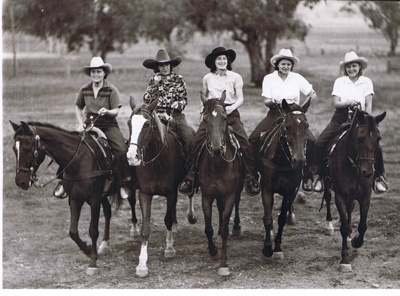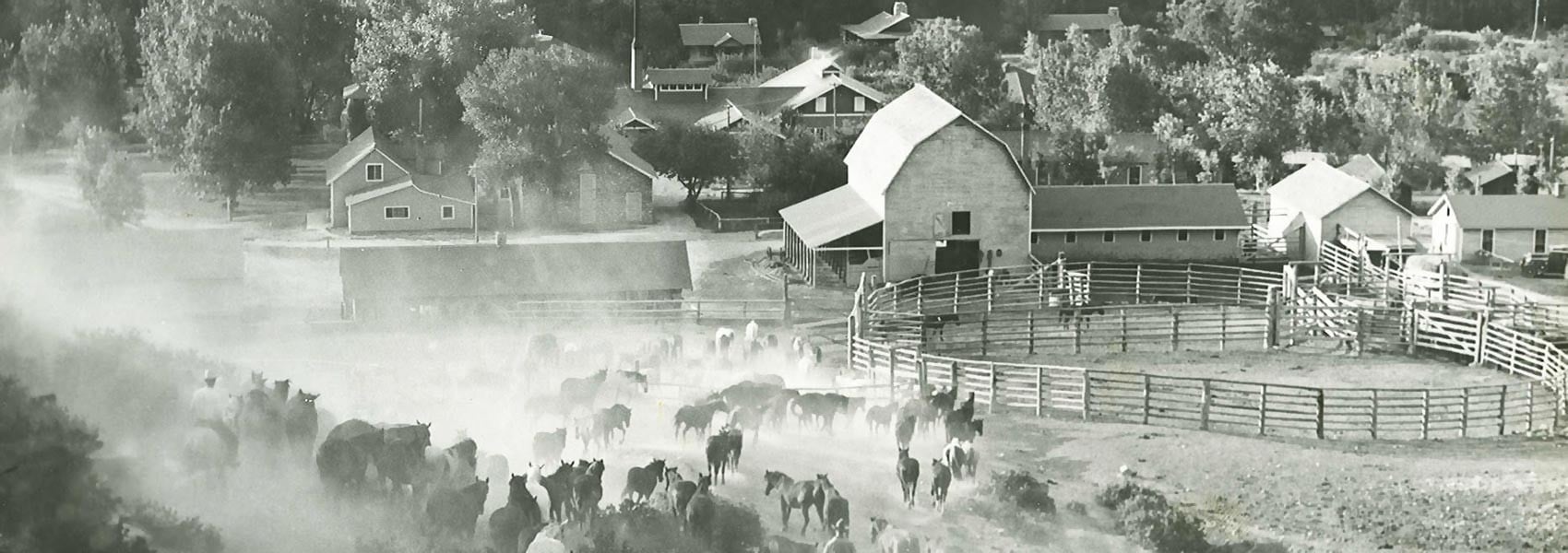
The rich equine history of the Absaraka (the area from just north of present day Casper, Wyoming to Miles City, Montana and the Dakota border to Billings, Montana), make Sheridan, Wyoming the perfect location for Cowgirl Cadillacs.
When General Custer crested the hill, moments before his historic demise, he was faced not only with the largest Indian encampment he had ever seen, but also a horse herd numbering nearly 20,000.
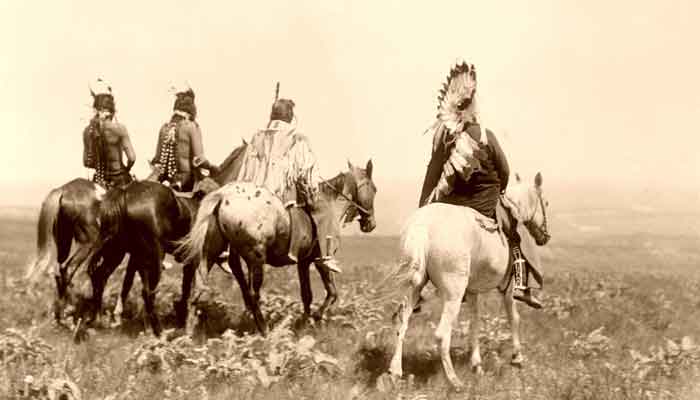
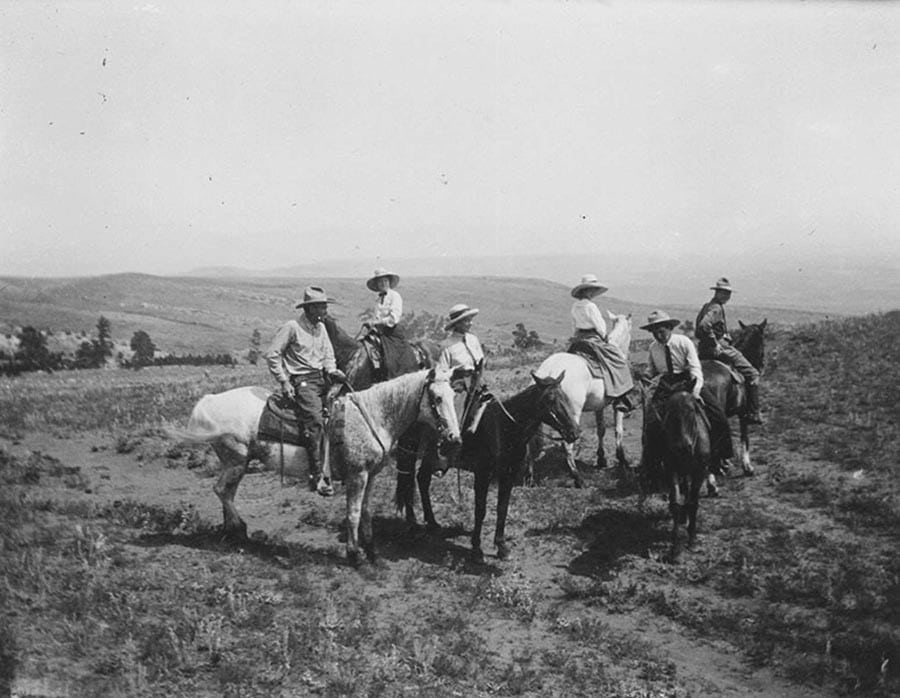
After the Natives had been banished to their respective reservations, English aristocrats moved into the area bringing with them a passion for highbred horses. Notable equines including Kentucky Derby winner Spokane and Black Diamond (who set the world record in the half mile in Chicago) were products of the passion and wealth of the Englishman, combined with the high altitude and rich grasses of Absaraka. These same men would go on to cross their Thoroughbred stallions on the, now feral, Indian horse herds, to create a horse spectacularly suited for the needs of the time.
Malcom Moncreiffe set about in the later decades of the 1800's to building the Polo Ranch in Big Horn Wyoming which produced some of the top playing polo ponies in the United States and Europe.
At the turn of the century electric street cars had replaced the horse as the main means of transportation in the country and the bottom fell out of the horse market. Many previously prosperous ranchers found themselves belly up and tens of thousands of horses were once again released into the Absaraka to fend for themselves.
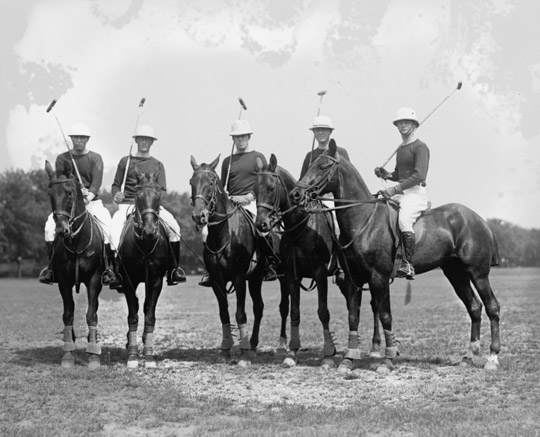
Demand for horses in the area saw a dramatic change in circumstance when the British Army entered into the Boer War and set to buying 25,000 horses to send to South Africa for the war effort.
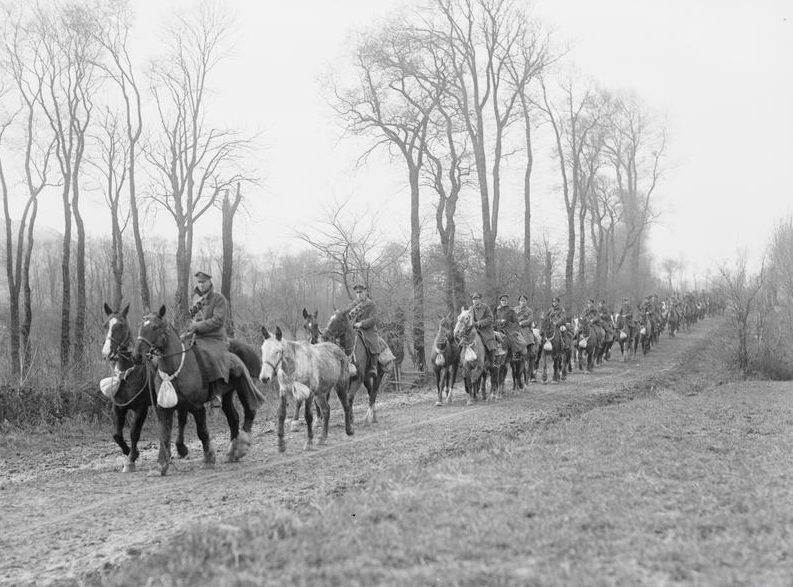
World War I had a crippling effect on the horse population of the world. In an effort to supply themselves with decent mounts, the US Army implemented the Remount Program where private ranches with the mares, and land to raise foals, were given Thoroughbred stallions. The resulting offspring could then be sold back to the US Army. Once again the roving bands of feral horses were gathered and put into production. In a day when a cow was bringing $2.00/head, a remount horse could be sold for $165/head and the area once again flourished on the trade of horses.
